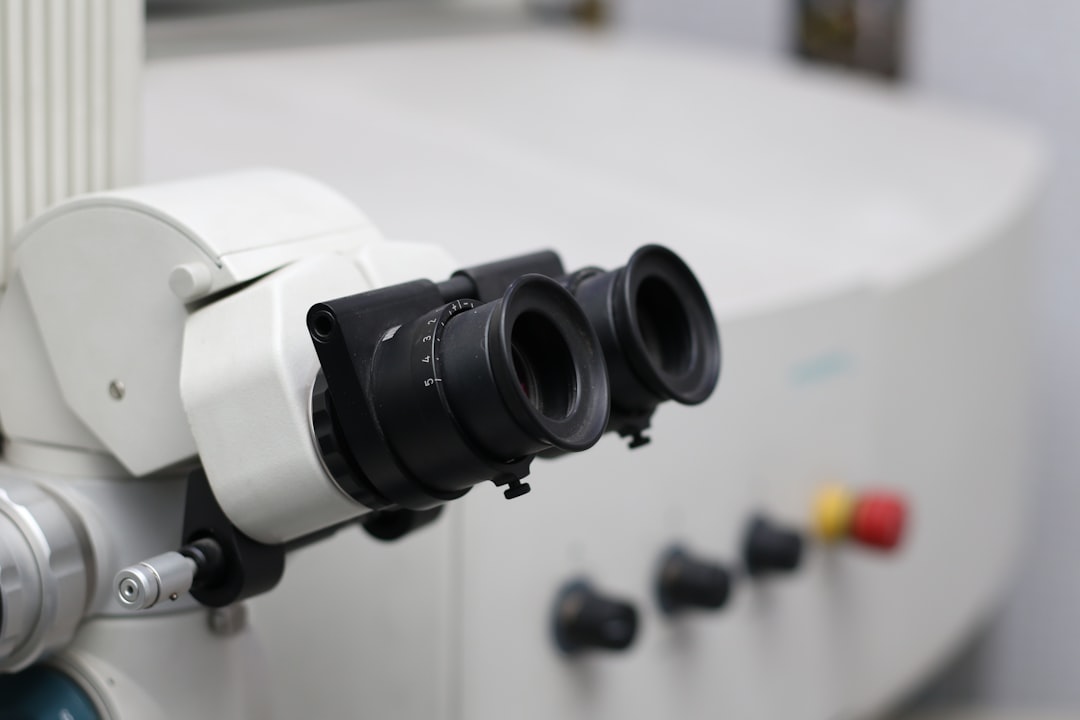What is it about?
This is a comprehensive review of papers about distributed optical fiber pressure sensors. The sensors analyzed are strictly distributed (no quasi-distributed are considered). The works are classified according to the transducer mechanism in: - sensors based on enhanced and engineered coatings or structures inducing strain under pressure; - sensors based on engineered fibers that under pressure undergo to a birefringence change; - sensors based on fibers whose losses change under pressure. Then, the sensors of the first two classes are further classified with respect to the optical technique (either Rayleigh or Brillouin-based ones) used for the interrogation.
Featured Image

Photo by Martin Adams on Unsplash
Why is it important?
Up to our knowledge, this is the first review that focuses on distributed pressure sensing. Despite the distributed pressure sensing is often claimed as possible, it has been proven only for very high-pressure levels. In the current years, there is an increasing interest in extending the distributed pressure sensing capability towards smaller values. This would broaden the fields of application of this technology to many geotechnical, chemical and industrial problems, still unsolved due to the lacking of suitable technology.
Perspectives
This paper was written during COVID lockdown, but my interest in the topic begins many months before. I found that many concepts that are often presented as innovative, are instead dated back to the 80s’ when a small number of great scientists explored the features of proper coating engineering. I hope this paper will drive other researchers to address distributed pressure sensing, which, I believe, will find proper implementations very soon.
Dr Luca Schenato
National Research Council Italy
Read the Original
This page is a summary of: Distributed optical fiber pressure sensors, Optical Fiber Technology, September 2020, Elsevier,
DOI: 10.1016/j.yofte.2020.102239.
You can read the full text:
Resources
50 days of free access granted by Elsevier
This is the link to the manuscript that is open for the next 50 days.
An Optical Fiber Distributed Pressure Sensing Cable With Pa-Sensitivity and Enhanced Spatial Resolution
In this paper, a high-sensitive, high-spatial-resolution distributed pressure sensing cable employing standard single-mode fibers is presented and implemented. If measured with a distributed strain sensing interrogator with 1 με resolution, the pressure resolution and accuracy demonstrated with this prototype are approximately 5 Pa and 10 hPa, respectively, with an intrinsic maximum spatial resolution of 8.5 cm. In terms of the Rayleigh spectral shift, the sensitivity is about −30 GHz/kPa. Above all, the interrogation of the cable does not require an interrogator with such high spatial resolution, and the design is compliant with any optical fiber distributed strain sensing technique, such as Brillouin- and Rayleigh-based ones.
Contributors
The following have contributed to this page










